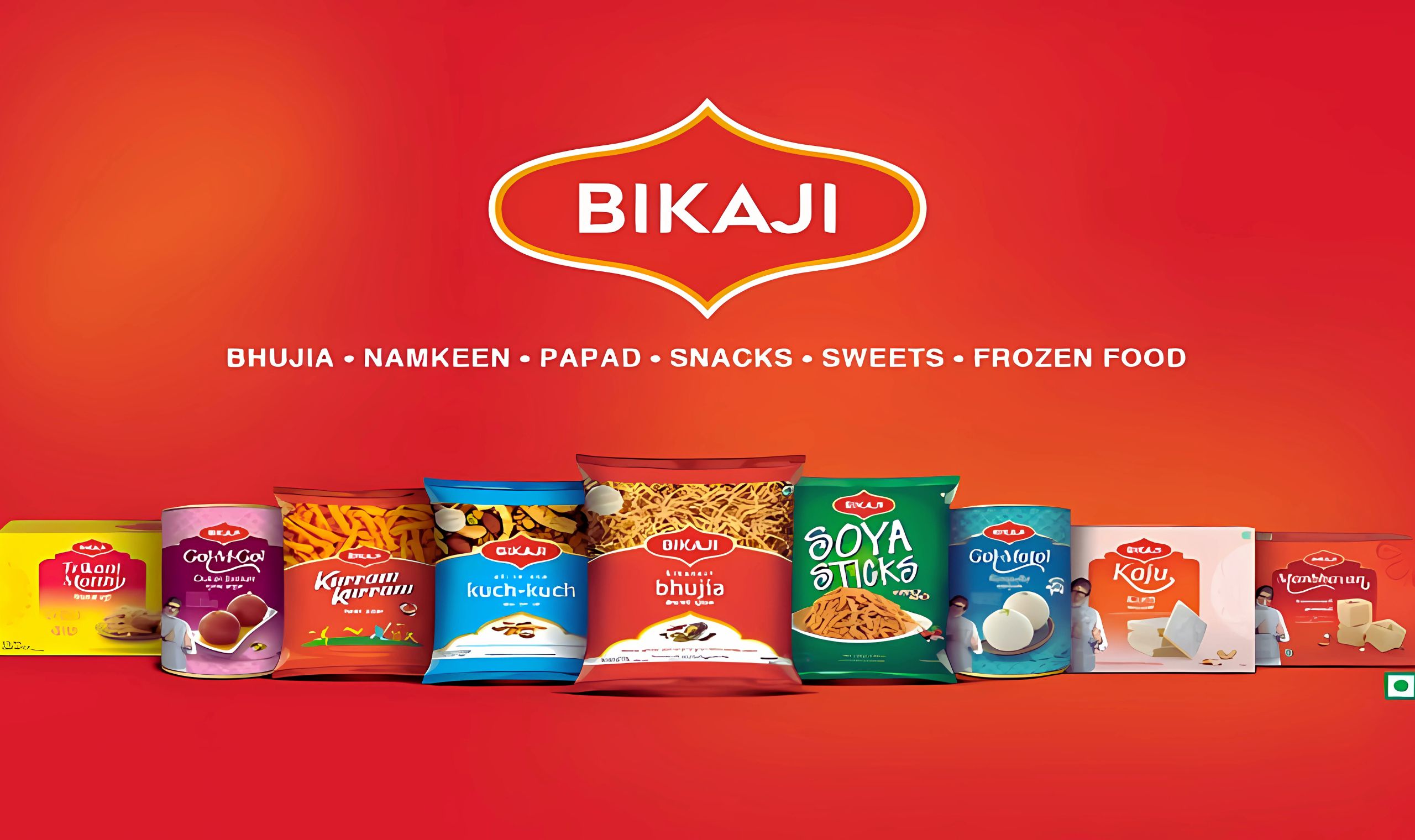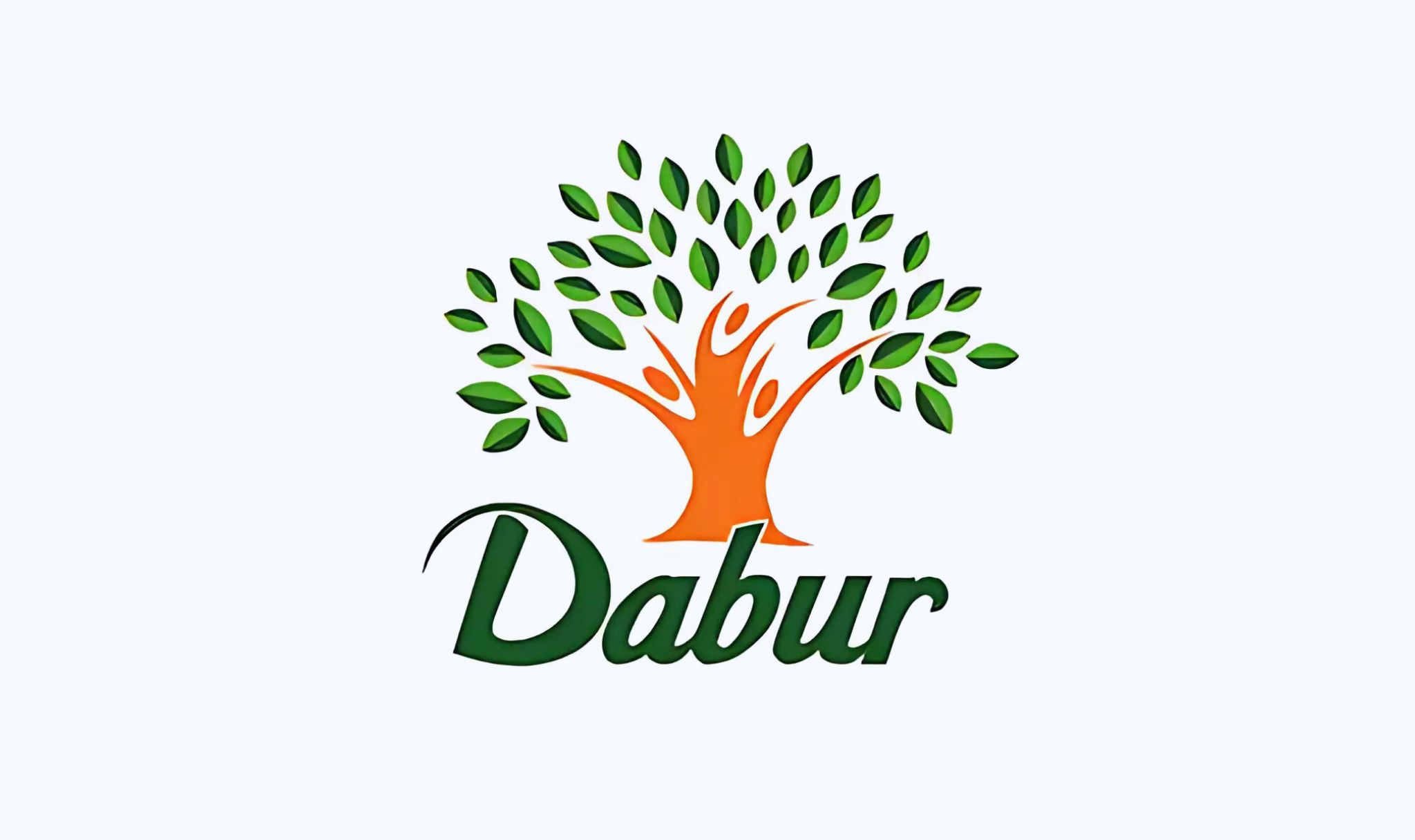Earnings announcements may have far-reaching implications on a company’s stock prices. Bikaji Foods is one such example where the recent third-quarter, FY25 results have dented investors’ confidence, resulting in a sharp decline of 13% in its stock price. The company reported lower profitability and some disappointing margins notwithstanding revenue growth. In this post, we have analyzed the main reasons behind such a plunge; broken down some of the important financials involved; and gauged some of the markets’ reactions following Bikaji Foods’ weak quarter results.
Brief Overview of Bikaji Foods Business Model
Bikaji Foods Pvt. Ltd, a leader among the ethnic snacking food majors in India offering a gamut of sweets and packaged foods manufactured and marketed here, is quite known for innovations in products that have brought and sustained brand visibility in the snacking business lines of the country. Its predominant offerings comprise diverse traditional Indian snacking foods: bhujia, papad, and the like. Bikaji Foods has indeed expanded massively over the years, emerging as one of the most popular brands in the Indian snack food market space. But it can be well judged by the company’s last earnings report how challenging it is to keep profits growing.
Q3FY25 Results
In Bikaji Foods’ Q3FY25 report, we could notice the strong growth of revenues while profits seem to decline significantly. Here are some important numbers that depict this trend.
1. Revenue Growth:
The company’s revenue saw a healthy growth in Q3FY25 at 14.5% YoY to ₹714.9 crore, primarily led by a 3% volume growth. This suggests that while the company has faced some operational headwinds, the demand for its products, particularly in the ethnic snacks and sweets segment, was robust. A good revenue growth in a challenging market environment bodes well for the company, suggesting a robust consumer base.
However, while revenue growth was impressive, it wasn’t enough to offset the challenges faced on the operational side.
2. Profitability Decline:
The biggest hurt was a YoY fall in net profit, which plummeted 39 per cent to ₹28.6 crore, versus ₹46.6 crore this time last year. That major fall in profit was primarily the result of more anemic operations, though not enough to impede the leap in revenues.
There were various factors causing this decline: the raw material costs have gone up, with inflationary pressure and margin contraction. Scaling while maintaining margins in the current quarter was highly affected.
3. EBITDA and Margin Contraction:
EBITDA or Earnings Before Interest, Taxes, Depreciation, and Amortization, one of the measures of operational profitability, has fallen by 26% YoY to ₹55.5 crore.
The EBITDA margin, which measures the efficiency of revenue conversion into profits, contracted sharply by 425 basis points to 7.8%. The contraction in this margin is directly because of inflationary pressures and rising raw material costs, which have been a concern for most companies in the food and manufacturing sector.
4. Segment-wise Performance
Bikaji Foods generates revenue through a diversified product range, and even though the aggregate revenue growth is positive, some of the sub-categories performed relatively well:
- Ethnic Snacks: This remains the largest component of the revenue stream for the company, which constitutes 62.1%. This segment saw an impressive YoY growth of 10.5%. Traditional Indian snacks have thus remained one of the dominant sources of revenues for the company.
- Packaged sweets: The packaged sweets category grew at 11.2% with a contribution of 18.1% of the total revenue. Demand for packaged sweets is strong especially during festivals, thus indicating a continuous demand base for the sweets of Bikaji.
- Western Snacks: The western snacks segment witnessed a deceleration with no MoM growth in the quarter. This may reveal a commoditized nature of this category or high competition from local and international snack brands that operate in this category.
- Papad: Papad, an integral part of every Indian house, grew by 9.6%. It added 6% to the total revenue line. This means there is constant demand for this set of products.
5. Nine Month Story: Mixed-Bag Story
For the nine months ending December 31, 2024, Bikaji Foods posted an all-around revenue growth of 17.1% YoY to ₹2,008.2 crore. Volumes also witnessed a 10.9% increase during the period, thereby showing that demand remained strong across the year. However, the PAT for this period was at ₹154.4 crore, with a net margin of 7.7%. These figures indicate a positive trend for the year up to now, but the fall in profitability during the third quarter points to some problems that Bikaji Foods is experiencing at the moment.
6. Market Response to the Earnings:
The shares in Bikaji Foods plummeted 12.8% to a record intra-day low of ₹638.10, after the company’s weak earnings announcement. This was a sharp reversal from the high of ₹1,005 marked just a few months earlier in September 2024. Though the stock trades 34% above its 52-week low of ₹475.50 on March 2024, the 12.8% drop on February 7 outlined the investor concerns that the weak results had triggered.
Over the past year, the stock had gained around 30%, but this recent decline shows the volatility that investors face in the stock market, especially when a company reports disappointing earnings. Notably, Bikaji Foods has now experienced a five-month streak of losses, and its stock has fallen nearly 5% in February alone. In January, it had already shed more than 11%, signalling a trend of persistent downward pressure on the stock price.
7. Causes Driving Investor Mood
- Inflation and Raw Material Price: This is the fundamental factor for which Q3 had a weak performance. This inflation along with raw material cost increases are adding up more expense for Bikaji Foods due to commodity-sensitive items, while most food companies rely on this particular product as an ingredient, therefore adding increased cost. In that sense, the issue has affected not just Bikaji Foods, but has impacted the manufacturing units of foods throughout the world.
- Competitive Landscape: The competitive environment in the Indian snacks market has intensified, with several local and international brands competing for market share. Bikaji Foods faces stiff competition, particularly in the western snacks and packaged sweets categories, where new entrants and established players are intensifying the battle for consumers.
- Operational Efficiency: Bikaji Foods will have to work on improving its operational efficiency to counter the rising costs. The company’s ability to control its expenses, improve margins, and streamline its operations will be key to regaining investor confidence in the near future.
The significant decline in the EBITDA margin by 425 basis points is another major cause of concern for investors. Despite the revenue growth, it failed to be translated into profit, thereby witnessing a severe drop in the bottom line net profit.
What Does This Mean for Investors?
This can be a cause for concern for investors, as Bikaji Foods’ stock plummeted 13%. The company has had revenue growth, but the sharp decline in profitability and margin pressures are alarming factors. Nevertheless, the potential for the long-term stock is intact, as these remain growth categories-ethnic snacks and packaged sweets.
Short-term Outlook: Bikaji Foods does not look certain from a short-term perspective because there are problems of margin expansion as well as higher raw material prices. Investors need to closely follow the company as it goes forward to tackle such challenges in subsequent quarters.
Long-term Potential: Bikaji can get back on track if it manages to control its costs and continue innovating in the snacks and sweets categories. The Indian food market, particularly in the snacks and packaged foods segment, is still growing, and the company’s strong brand could help it weather the storm.
Conclusion: Buy, Sell, or Hold?
Bikaji Foods’ weak Q3 results have undoubtedly triggered investor concerns, with a sharp drop in profitability and margin contraction. The 13% decline in its stock price reflects these concerns, but it also presents an opportunity for investors to assess whether the company’s long-term growth potential outweighs its short-term challenges. For those looking for short-term gains, caution may be warranted, as the company faces a tough road ahead in the near term.
However, for long-term investors who are interested in growth and whose goal is to recover by improving operational efficiency, better cost control, and the exploitation of upcoming opportunities in the Indian snack market, there may be hope for recovery. Investors should always do their research and remain updated on the company’s progress before making such a move.















0 Comments